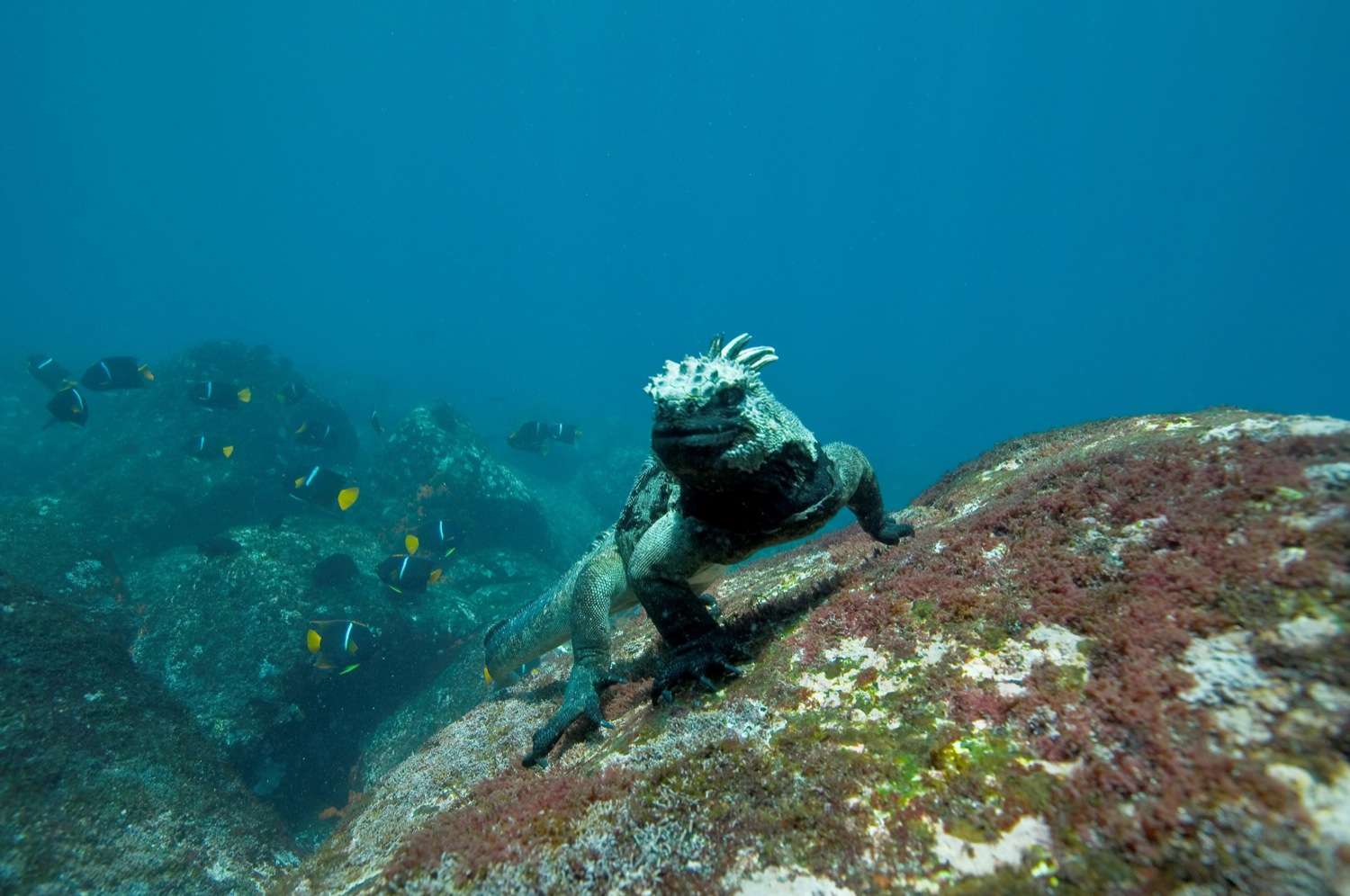Galapagos Islands
The Galapagos Islands, located about 1000km off the coast of Ecuador, are home to one of the richest and most fragile ecosystems on the planet. The archipelago consists of 13 islands, 42 islets, and a large number of emergent rocks. The surface area of the island landmasses totals 8000 square kilometers, which is spread over 59,500 square kilometers. About 8,000 people inhabit the islands, most of whom are Ecuadorians, and all of them live either in Santa Cruz or in the capital of San Cristobal.
The islands are also a perfect place to find peaceful sea turtles, giant tortoises, primitive-looking iguanas, and rare birds of all colors and sizes. This diversity of wildlife is of great scientific importance, since many of the birds are native exclusively to the islands, as well as twenty of the twenty-two classified species of reptile. Many of these species have survived because of their adaptation to this unique environment, such as Marine Iguanas. These creatures, gray in color, can reach more than a meter in length, surpassing many of their land relatives from around the world. The iguanas dive to find food, but they are very tame unlike the red land iguanas which can bite if disturbed.
This is the only place in the world you can find giant tortoises, both in the huge volcanic craters and in their own galapaguera where they reproduce, since here they are protected from human intervention. The turtles can weigh anywhere from 150 to 700 kilos and are about 1 meter in diameter when fully grown. There are also penguins, likely drawn from Antactica through the Humbolt Current, as well as pelicans, red and blue footed boobies, and frigate birds which feed on fish caught by other birds.



